In the dynamic world of web development, optimizing a Single-Page Application (SPA) for search engines can sometimes feel like trying to teach a cat to swim – challenging but not impossible. This article dives into the intricacies of SPA SEO, a crucial yet often overlooked aspect of modern web development. As SPAs continue to dominate the digital landscape with their sleek and responsive user experiences, ensuring they rank well on search engines is paramount. We will evaluate effective visibility strategies, assess common challenges, and offer SPA-boosting advice. Whether you possess extensive experience as a developer or are just beginning to explore single-page applications (SPAs), this book will provide the necessary expertise to ensure your application is user-friendly and optimized for search engines. Let’s demystify SPA SEO and turn your app into a search engine, darling.

What is SPA?
Diving into the essence of Single-Page Applications (SPAs) is like unveiling a streamlined, interactive digital experience. These applications revolutionize web development by loading all material on one page, transforming user engagement and interaction. Unlike multi-page setups, SPAs dynamically refresh as users engage, eliminating page reloads. This seamless approach enhances user experience and paves the way for more sophisticated SEO strategies.
Key highlights of SPAs include:
- Reduced server load, thanks to client-side rendering.
- Smoother, app-like user interactions.
- Simplified navigation and increased page speed.
However, SPAs present unique SEO challenges. Since content is loaded dynamically, search engines might need help to index all available content. Clever SPA design intertwines SEO-friendly practices such as server-side rendering and structured data to ensure visibility. By integrating these elements, SPAs balance a captivating application interface and an SEO-optimized page, ensuring that user engagement and search engine visibility go hand in hand.
Overview of SEO in the Context of Single-Page Applications
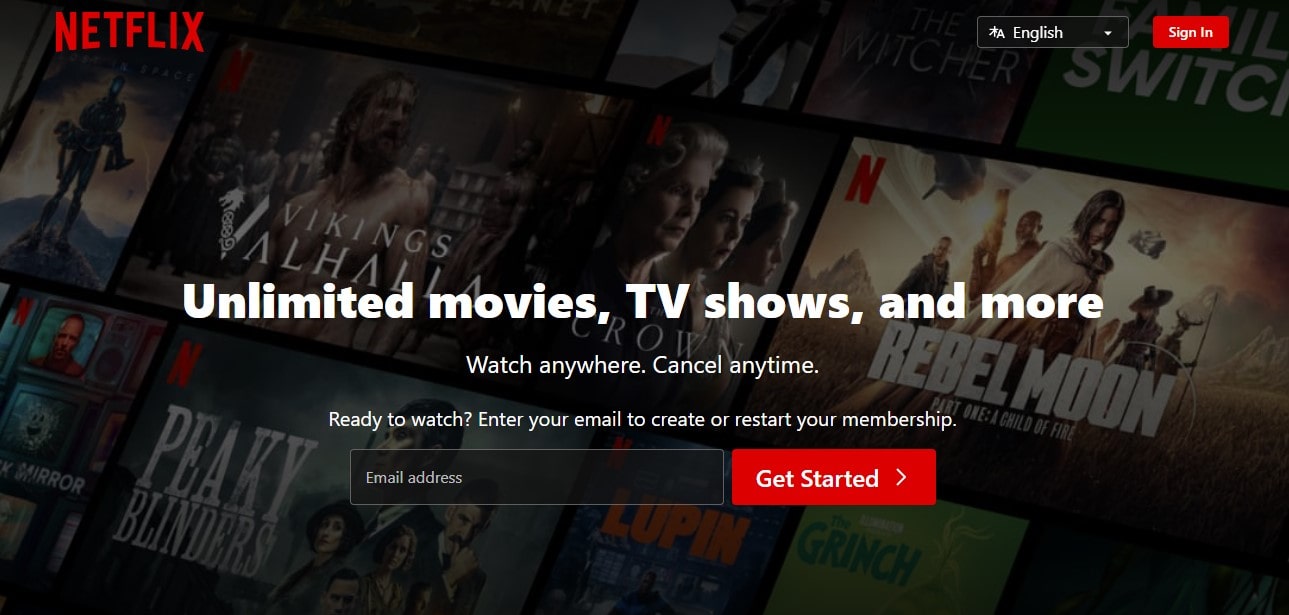
In the bustling intersection of Single-Page Applications (SPAs) and SEO, a unique synergy emerges, revolutionizing how we approach optimization. SPAs, known for their fluidity and efficiency, present a distinctive set of SEO challenges and opportunities. These applications load content dynamically on a single page, creating a seamless user experience akin to a native app. However, this streamlined approach often requires a tailored SEO strategy to ensure optimal visibility.
Key points to consider in SPA SEO:
- Employing server-side rendering to enhance search engine crawlability.
- Integrating structured data to aid in content indexing.
- Leveraging SEO-friendly URLs within the SPA framework.
- Implementing progressive enhancement techniques for improved user experience.
Effectively optimizing a SPA involves a deep dive into the nuances of how search engines interact with dynamically loaded content. By addressing these specific needs, SEO for SPAs transforms from a daunting task into a strategic advantage, elevating the application’s performance and page presence in search engine results.
Core Principles of SPA SEO
Navigating the intricate landscape of SPA SEO, one discovers it’s akin to conducting a symphony – every element must harmonize perfectly. The core principles of optimizing a Single-Page Application for search engines revolve around balancing the application’s dynamic capabilities with the rigors of SEO. SPAs, with their single-page nature, demand an innovative approach to ensure every piece of content reaches its audience effectively.
Essential principles include:
- Prioritizing server-side rendering ensures search engines can crawl and index SPA content efficiently.
- Utilizing pushState to maintain clean, navigable URLs is a cornerstone for any SEO strategy.
- Implementing robust, descriptive metadata for each view within the SPA, enhancing its page visibility.
- Leveraging AJAX and asynchronous requests to fetch content without compromising the page’s SEO value.
By mastering these principles, a SPA transcends beyond just an application; it becomes a vibrant, searchable entity. This approach fosters a harmonious relationship between the dynamic nature of SPAs and the structured world of SEO, ensuring that each page within the application captivates users and resonates powerfully in the digital ecosystem.
Technical SEO for SPAs
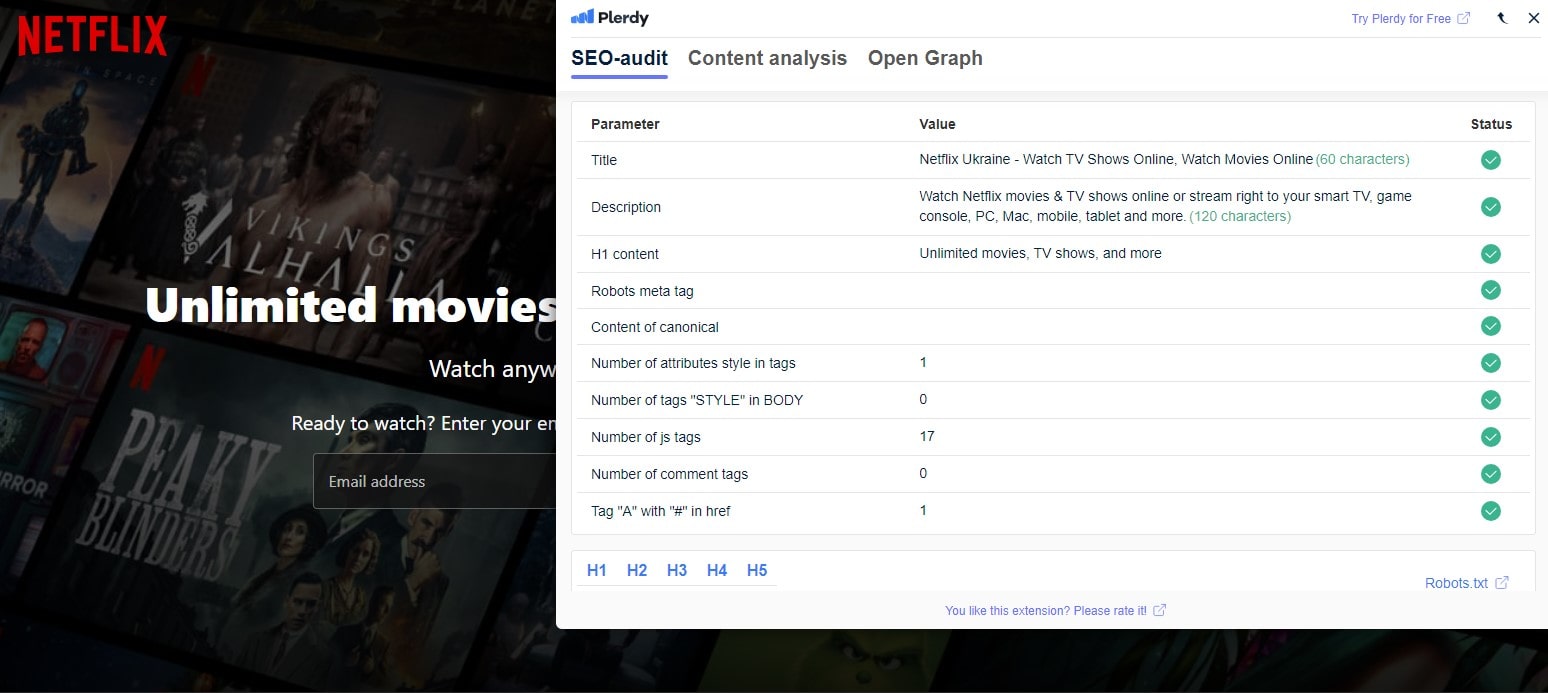
Mastering Technical SEO for Single-Page Applications (SPAs) is like assembling a high-performance engine – each part must work in unison to drive forward. In this landscape, the intertwining of technical SEO with the unique architecture of SPAs is vital for ensuring these sleek, dynamic applications are user-friendly and search engine-ready.
Key aspects include:
- Implementing server-side rendering or pre-rendering techniques to make content accessible to search engines.
- Structuring URLs in a way that enables individual page indexing within the SPA.
- Optimizing meta tags and headlines for each application view or state.
- Ensuring that AJAX calls are managed efficiently so they don’t hinder the SPA’s SEO performance.
These elements form the backbone of a robust SEO strategy tailored for SPAs. Focusing on these technical details helps SPAs overcome their single-page limits and improve user experience and search engine rankings. This approach blends the dynamic, user-centric nature of SPAs with the meticulous requirements of technical SEO, setting the stage for digital success.
Content Optimization in SPAs
Content Optimization in Single-Page Applications (SPAs) is akin to crafting a compelling narrative that unfolds seamlessly on a single stage. As the entire application sits on one page in SPAs, creating user- and search engine-friendly content is a creative and technological ballet. This dance involves choreographing various SEO elements within the dynamic environment of an SPA.
Essential steps include:
- Providing unique, interesting content for each SPA section’s user interactions.
- Maintaining SEO relevancy by optimizing SPA view and state headings, titles, and meta descriptions.
- Strategically using keywords within the SPA’s content, keeping in mind the uniqueness of each part of the application.
- Implementing dynamic content updates so search engines can easily crawl and index.
By mastering these nuances, content optimization in SPAs becomes more than just fitting words on a page; it transforms into an art form where each word, tag, and piece of content plays a pivotal role in weaving the SEO magic throughout the application. This approach ensures that every segment of the SPA engages the user and aligns perfectly with search engine algorithms, solidifying the application’s presence in the digital landscape.
UX/UI Considerations for SPA SEO
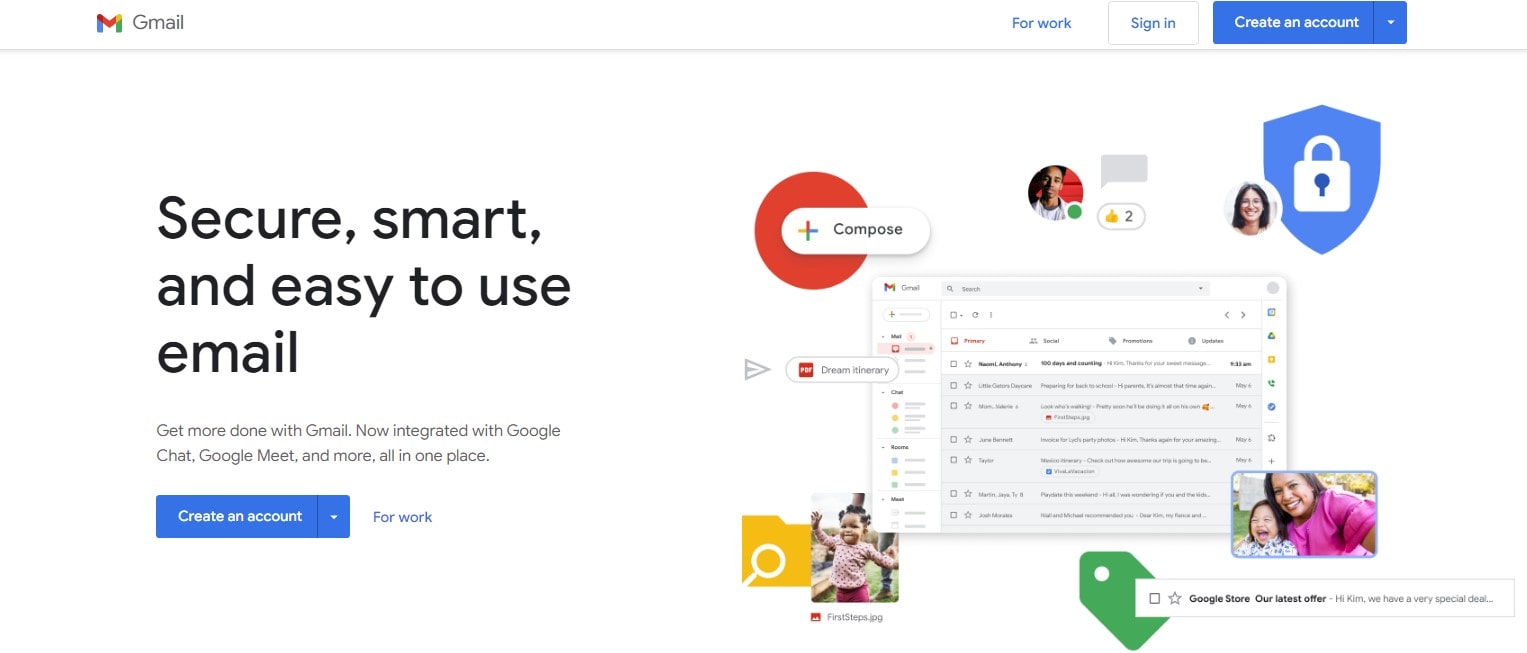
In Single-Page Applications (SPAs), marrying UX/UI design with SEO is not just necessary; it’s an art. Every scroll, click, and interaction affects how users and search engines view the app. This balance is crucial for SPAs, where all content lives on one dynamic page.
Key considerations include:
- Designing intuitive navigation to ensure users and search engines can easily find and access content within the SPA.
- Employing progressive enhancement techniques to provide a rich user experience while maintaining content accessibility for search engines.
- Optimizing loading times and interactive elements to keep users engaged and reduce bounce rates is a positive signal for SEO.
- Clear headings and titles improve user understanding and SEO in each SPA view or section.
By focusing on these aspects, SPAs can deliver a seamless, engaging user experience while catering to the technical requirements of SEO. This improves the page’s search engine rankings and user appeal, making the application stand out online.
Mobile Optimization for SPAs
In the fast-paced mobile digital landscape, optimizing Single-Page Applications (SPAs) for mobile devices is like tailoring a fine suit – it must fit perfectly. For SPAs, mobile optimization is not just a feature; it’s a necessity. Your SPA must be mobile-friendly for user experience and SEO as more people use the web on mobile devices.
Key elements of mobile optimization for SPAs include:
- Designing responsive layouts that adapt seamlessly to various screen sizes, enhancing the mobile user experience.
- Fast mobile page load times are crucial for user engagement and SEO.
- Implementing touch-friendly navigation and interactive elements, ensuring easy usability on mobile devices.
- Ensuring content readability and accessibility on smaller screens is essential for both user satisfaction and search engine ranking.
By prioritizing these aspects, SPAs become mobile-friendly and competitive in the SEO arena, providing an optimal experience for mobile users and boosting the application’s visibility on search engine results pages. This focus on mobile optimization is a strategic move in an era where mobile usage dominates page interactions and search queries.
SEO Tools and Analytics for SPAs
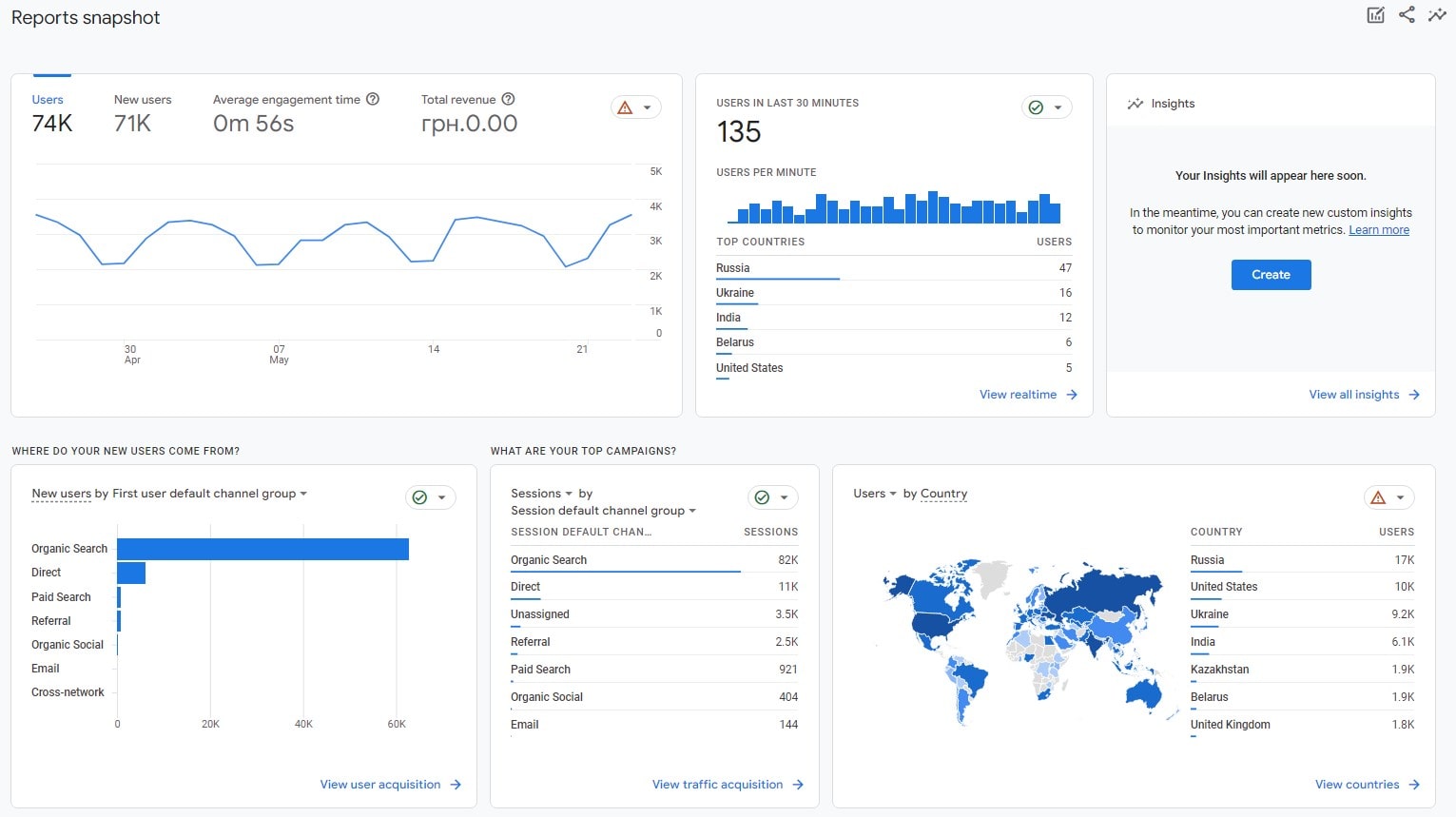
Harnessing the power of SEO tools and analytics for Single-Page Applications (SPAs) is akin to giving a navigator the best map and compass in a voyage. In the world of SPAs, where user interactions are dynamically loaded on a single page, these tools become invaluable for tracking performance and optimizing search engines.
Essential tools and analytics for SPAs include:
- Advanced web crawlers that can effectively navigate and index dynamic content within the application.
- Analytics platforms tailored for SPAs can track user interactions on a page that doesn’t reload.
- SEO tools that offer insights into page performance, keyword effectiveness, and content relevance within the SPA.
By leveraging these tools, developers and SEO professionals can understand how their application performs in search engine rankings and how users interact with the page. This insight is crucial for continuously refining and optimizing the SPA, ensuring it provides an excellent user experience and ranks effectively in search engine results. Digital marketing and web development are constantly changing. Thus, these technologies are essential for SPA success.
Leveraging Plerdy for Effective SEO in Single-Page Apps
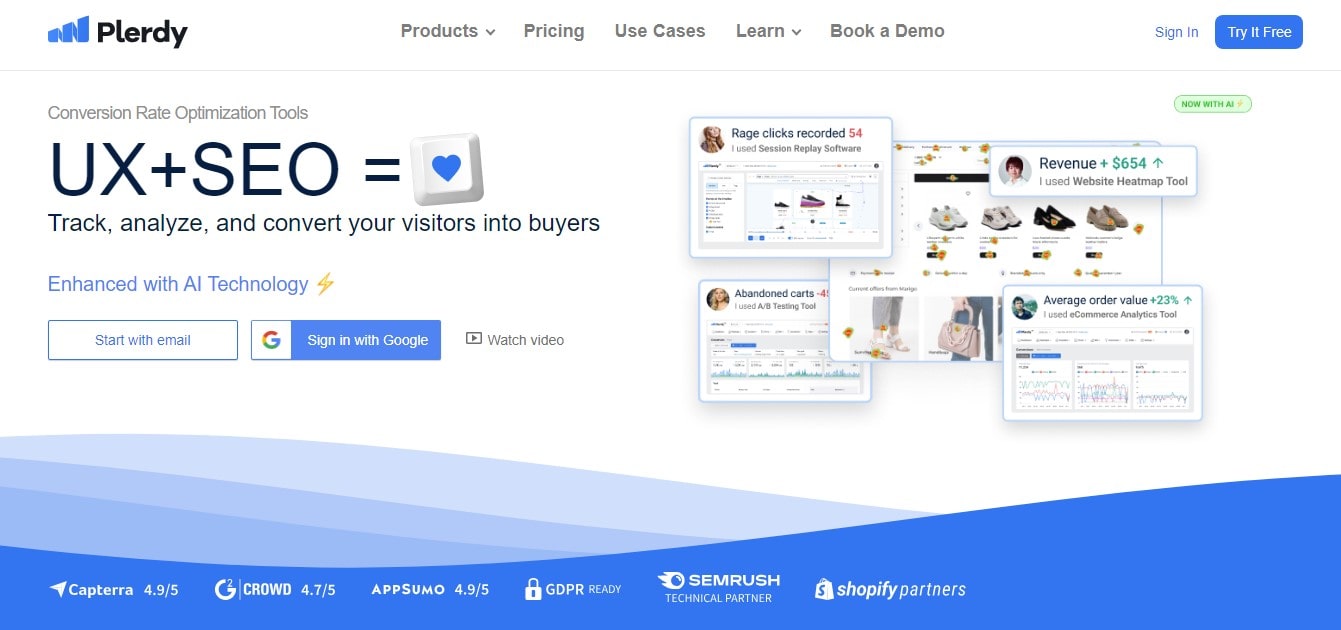
Unlocking the potential of Single-Page Applications (SPAs) in the SEO arena is a task made significantly easier with tools like Plerdy. This comprehensive platform transforms how SPAs are optimized, ensuring every page within the application is fine-tuned for peak search engine performance.
Key benefits of using Plerdy for SPA SEO:
- Detailed analytics on a dynamic SPA website reveal user activity and preferences.
- Heatmaps that reveal how users engage with your SPA, highlighting areas that attract the most attention and those that need improvement.
- SEO checks delve into the nitty-gritty of the application’s content, ensuring that each page part is optimized for search engines.
- Easy-to-use interface for SPA SEO monitoring and improvement.
Leveraging Plerdy in the context of SPAs offers a strategic advantage, marrying user experience with SEO effectiveness. By tapping into the rich array of features Plerdy offers, developers and marketers can ensure that their application isn’t just a technological marvel and a masterclass in SEO optimization. This approach leads to SPAs that are user-centric and dominate search engine results, setting a new standard in the digital landscape.
Link-Building Strategies for SPAs
In Single-Page Applications (SPAs), when the entire program loads on one page, link-building tactics are like weaving a web where each thread improves the framework. Link-building is essential for SEO and visibility.
Essential strategies include:
- Developing high-quality, shareable content within the SPA that naturally attracts backlinks from reputable sources.
- Engaging in strategic partnerships and collaborations to gain links from authoritative sites in related niches.
- Leveraging social media platforms to amplify the SPA’s reach, encouraging organic link growth.
- Implementing a robust internal linking structure guides users and search engines through different application sections.
These tactics ensure that a SPA doesn’t just exist in isolation but is interconnected within the digital ecosystem. By prioritizing these link-building strategies, SPAs can enhance their page presence, providing an exceptional user experience and solidifying their SEO standing. This approach turns the SPA into a hub of activity and interest, drawing users and search engines into its dynamic, single-page world.
Social Media Integration and SEO
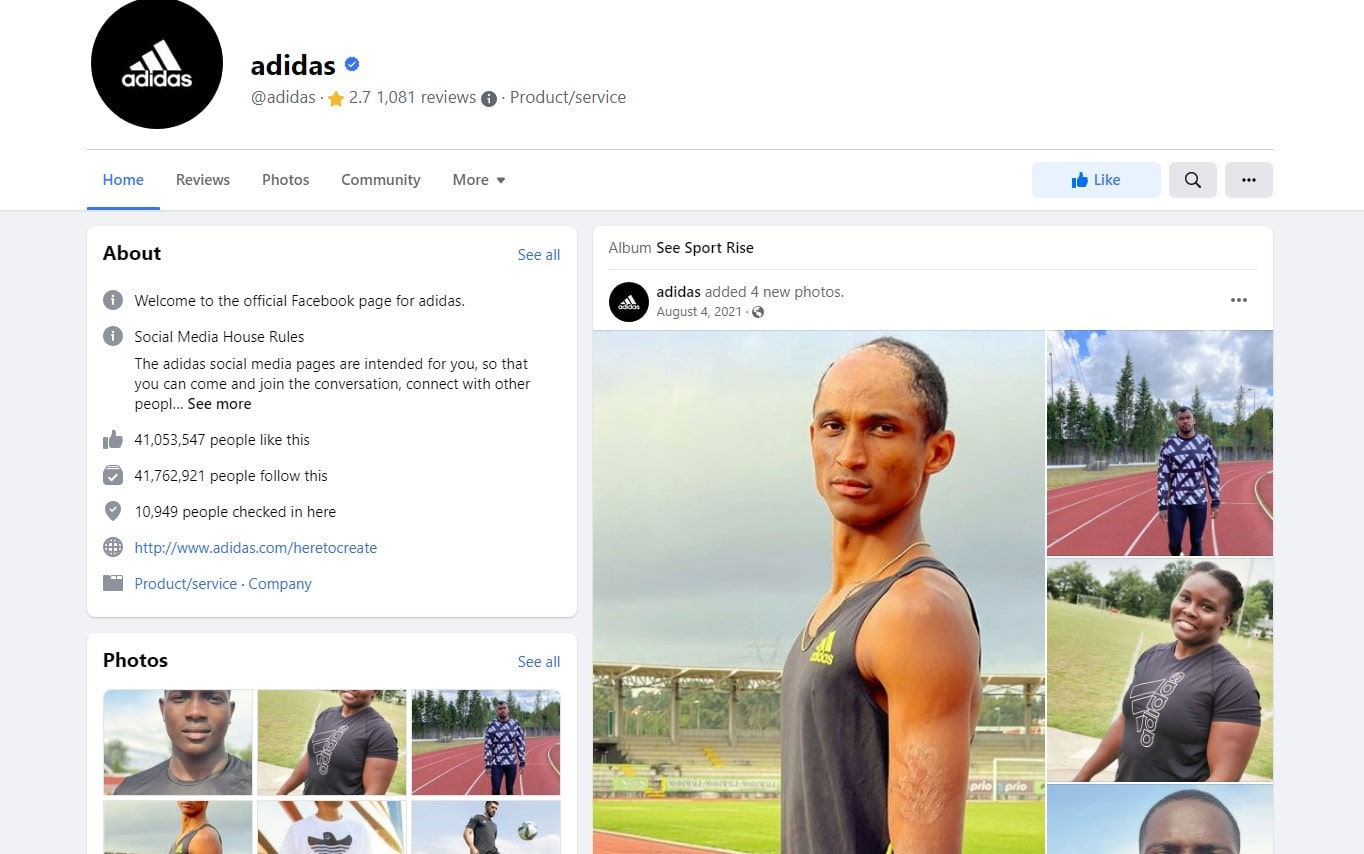
In the tapestry of digital marketing, social media integration and SEO are threads that, when woven together, create a more robust and engaging presence for any page, especially in Single-Page Applications (SPAs). This blend extends the application’s reach, enhancing user engagement and search visibility.
Key facets of this integration include:
- Embedding social sharing buttons within the SPA makes it easy for users to spread the word about the application.
- Utilizing social media platforms to drive traffic back to the SPA is a strategy that indirectly boosts SEO by increasing page popularity and relevance.
- Leveraging user-generated content from social media to enrich the SPA’s content, providing fresh, dynamic material that search engines value.
- Monitoring social media analytics to understand user behavior and preferences is information that can be used to refine the SEO strategy of the SPA.
By integrating social media seamlessly into the SPA framework, the application not only taps into a wider audience but also leverages the interconnectedness of these platforms to bolster its SEO efforts. This holistic approach ensures the SPA thrives in the competitive digital landscape, connecting with users across multiple touchpoints.
Common Pitfalls in SPA SEO
Navigating SPA SEO can sometimes feel like walking a tightrope – one misstep can lead to significant setbacks. In the unique environment of Single-Page Applications, certain pitfalls commonly disrupt the harmony between the application and its search engine performance.
Key pitfalls to avoid include:
- Overlooking initial loading time can be detrimental to both user experience and SEO.
- Failing to implement server-side rendering leads to search engine crawling and indexing challenges.
- Refrain from updating the page’s metadata dynamically, causing SEO and user experience inconsistencies.
- Underestimating the importance of structured data aids in effectively communicating page content to search engines.
By being aware of these common missteps, SPA developers and SEO experts can ensure their application is a showcase of modern web technology and a beacon of SEO efficiency. This awareness allows for creating SPAs that excel in user engagement while standing out in search engine results.
Conclusion
As we conclude our SPA SEO exploration, remember that optimizing a Single-Page Application is ongoing. Each page within your application is a unique opportunity to shine in Google’s eyes, and the right SEO strategy is your beacon. From ensuring your scripts are Googlebot-friendly to making every click count, the path to SEO success in SPAs is nuanced but rewarding.
Plerdy’s manuals and tutorials provide further information and strategies. You may learn how to master online exposure with a click with our SEO and digital marketing resources. With Plerdy, navigate the SEO landscape confidently, knowing you have the tools and knowledge to make your SPA functional and formidable in search engine rankings. Visit Plerdy, subscribe, and stay ahead in the ever-evolving world of SEO.
